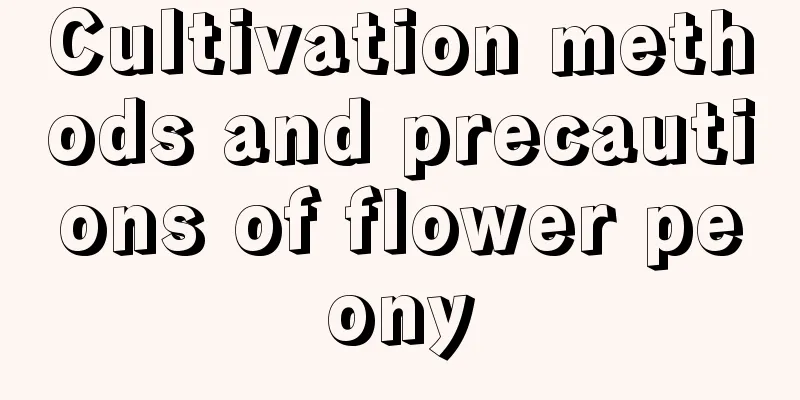Planting method and later maintenance of Viburnum

Viburnum harvestThe fruits of Viburnum are easy to fall off after they are ripe, resulting in the inability to collect seeds, so you need to pay attention to observation in early August and pick the fruits in time after they are ripe. After harvesting the fruits, dig out the seeds, soak them for about 3 days, rinse off the pulp and impurities, take out the seeds and put them in a cool and ventilated place to dry, then use a sieve to remove impurities such as the peel, put the clean seeds in bags and store them in a cool, ventilated and dry place until the sowing season arrives.Viburnum soil preparationBefore sowing, the land needs to be prepared, the weeds need to be pulled out, stones and other debris need to be checked out, the soil needs to be loosened, and base fertilizer can be applied in strips. The base fertilizer can be manure, compost, livestock manure, etc., and then the soil needs to be covered and the land needs to be leveled. Apply appropriate amounts of ferrous sulfate powder, phosphorus and potassium fertilizers, and organophosphorus insecticides.Viburnum cultivationViburnum is suitable for autumn sowing because it saves time and labor. It can be sown in late October and watered thoroughly once after sowing. Before sowing, soak the seeds in copper sulfate solution for 6 to 8 hours, then wash with clean water, and sow after drying slightly. The following spring, the viburnum seedlings will emerge neatly and be strong.Late maintenance of ViburnumIn order to ensure the growth needs of Viburnum, top dressing should be applied in time. The first top dressing is generally when the growth begins in spring, the second top dressing should be before flowering, and the third top dressing should be after flowering. Top dressing can be done with farmyard manure such as dry manure, manure water and cake fertilizer. Of course, chemical fertilizers can also be used, but pay attention to the concentration when applying to prevent burning the seedlings. During the growth period, pay attention to pests and diseases. The most common ones are underground pests such as cutworms and beetles. Use a certain concentration of insecticides such as dimethoate, dilute them with water, and water the roots of seedlings to prevent and control pests. |
<<: How to propagate blue echinops
>>: How to propagate the bluegrass
Recommend
What vegetables to plant in February
1. What dishes Vegetables that can be planted at ...
What is peat soil?
Peat soil, also known as turf soil, is soil that ...
What flowers are suitable for growing in Hainan? What are the city flowers and trees?
1. Climate characteristics of Hainan Hainan refer...
Which variety of Clivia is the most beautiful?
1. Clivia miniata The Clivia miniata is highly or...
Why is Anthurium not red?
Wrong variety Most of the anthuriums that flower ...
How to grow the broken bowl flower
Origin of the name of the broken bowl flower The ...
Can wintersweet branches survive by grafting?
1. Can be inserted Cutting is one of the main met...
How to cultivate snake eye chrysanthemum
How to cultivate snake eye chrysanthemum illumina...
How to change the soil of peacock arrowroot
1. Soil replacement time The main consideration i...
How often should I water the petunia?
How often should I water the petunia? Generally, ...
Is agave poisonous? Can it be grown at home?
Is agave poisonous? Agave is a poisonous plant in...
Cucumber high yield management method
Many cucumber growers have reported that the grow...
When to pick the longevity flower
1. Time 1. Plant pinching usually starts in sprin...
Industrial pepper planting technology and management
Industrial peppers are a type of pepper with a ve...
Homemade Insect Recipes
In the process of growing flowers and plants, we ...









